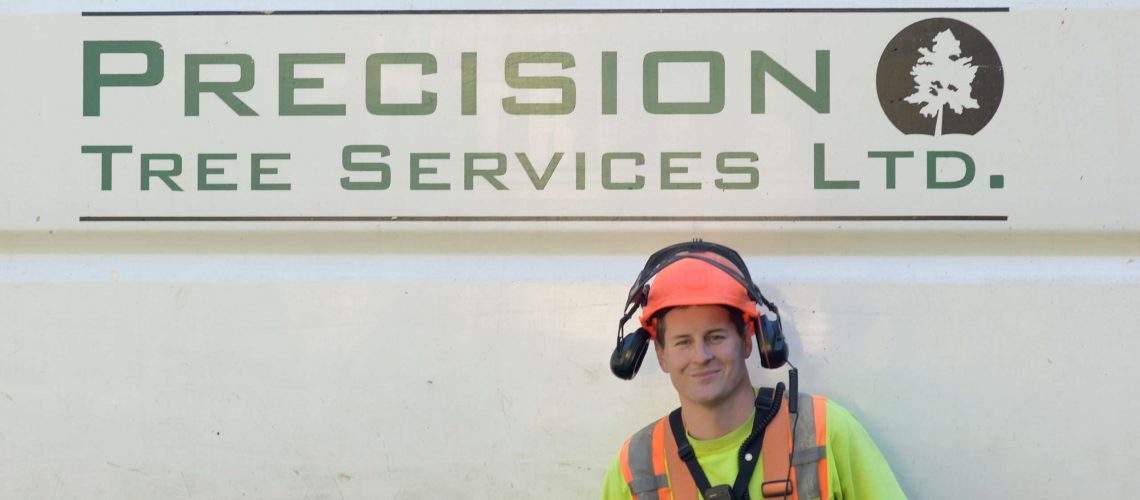The average person has no idea what an arborist tree service is until they need it. And even then, arborists have a reputation for swinging chainsaws and wielding mighty axes (safely).
Which is cool, but not 100% accurate. Chainsaws and axes are part of the day-to-day job, for sure, but it’s only a small piece of what they do.
An arborist is an expert in trees, and is focused on the health and safety of individual trees. A tree doctor, if you will.
What does arborist tree service include?
An arborist is involved in every stage of a tree’s life cycle, ensuring they are living their best life…and that you are too.
Services include, but aren’t limited to:
- Hazard tree assessment
- Tree removal
- Tree pruning
- Crown raising
- Crown reduction
- Storm clean-up
- Stump removal
- Lot or brush clearing
- Chipping
- Traffic control or flagging
Whenever you find yourself in a tree situation, you’ll want to call in a professional arborist to assess it and recommend the best course of action. If a tree can be saved, they’ll save it. If it can’t, they’ll ensure it is removed safely and with as little impact as possible.
4 types of tree removal services
Since tree removal is one of the more flashy services, we’ll take a few minutes to review four different ways a tree can come down.
Felling
This is the most common tree removal approach and yes, it’s the method you’ve seen on TV where the guy yells “Timber!” before the tree comes crashing down. The approach is simple: chop at the tree’s base until its trunk falls. This requires a chainsaw or axe, and everyone stays on the ground. Of course, as simple as this sounds, felling can be dangerous. You have to know how to cut properly in order to control the drop. And, of course, a 50-metre tree falling to the ground can present quite a hazard to anyone or anything nearby.
Climbing
If you want to avoid a massive tree crashing to the ground, climbing is a nice alternative. In this approach, workers climb the tree using a rigging cable and start at the top. Branches and trunk segments are cut and then lowered or dropped, depending on what’s below. This takes longer than felling but allows for much more control.
Bucket
This approach follows the same top-down technique as climbing, but instead of scaling the tree with climbing gear, workers are lifted up in a bucket truck. If a tree is rotting or unstable, then the bucket method is preferred for maximum safety.
Crane
When all else fails, get the crane. Crane-assisted removal comes up when an arborist deems felling, climbing and bucket options too dangerous for the situation. A crane puts a lot of distance between the workers and the tree, and it pulls it out from the ground rather than knocking it down.
This is just a glimpse into the arborist world and why it’s a good idea to bring in a professional whenever you have a tree-related need. The solution may be simple, but there are many factors to consider and if you don’t live and breathe tree stuff, you just don’t know what you don’t know.

